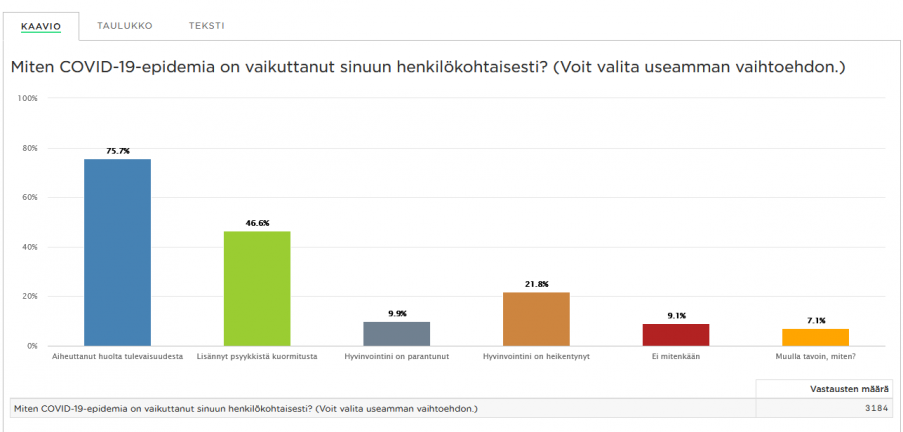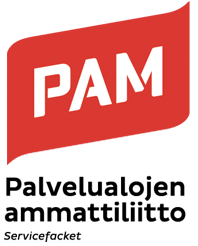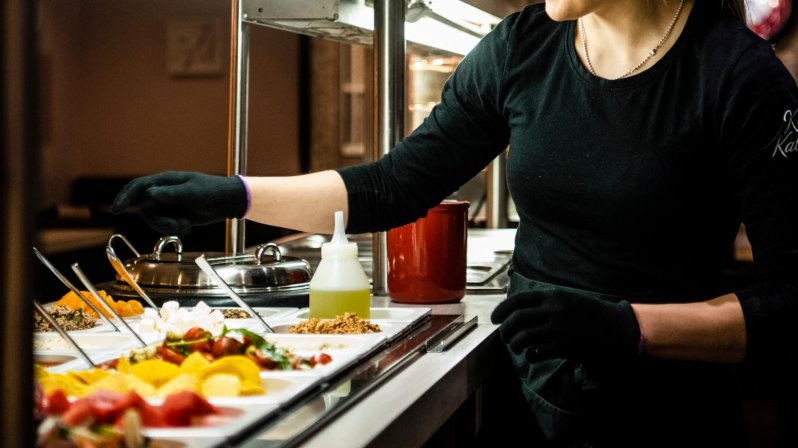Negotiations to get going on working conditions in hospitality services
Working conditions for employees and supervisors in hospitality services are again being worked on, as PAM begins collective agreement negotiations with the Finnish Hospitality Association MaRa, which represents the employers.
Coronavirus swept through Finland in the spring with a devastating impact on daily life for those working in the hospitality sector. The restrictions imposed by the government to contain the coronavirus epidemic closed hotels and restaurants and many employees in the sector were laid off. Travel restrictions, which are still in force, are seriously overshadowing the tourism sector, and for many the uncertainty surrounding the sector has not been dispelled.
“We have never conducted collective agreement negotiations in such exceptional circumstances. For us at PAM, what’s important is to make sure that there will continue to be jobs and employment in the sector when coronavirus is behind us. A lot of work has been put in to that end and this is sure to be something we will be working on in the collective agreement negotiations”, says PAM’s collective bargaining specialist Raimo Hoikkala.
”Uncertainty, income problems, stress
and pressure at work”
According to PAM’s economic survey (in Finnish) published in August, almost 70% of hospitality employees were laid off in the spring and summer, and companies will not return to the pre-coronavirus situation any time soon.

According to a survey currently being conducted by PAM, almost 75% of respondents say the epidemic has made them worried about their future and over 46% say the epidemic has increased their mental strain. One in five respondents reported impaired personal wellbeing.
“People working in the sector have been put in a difficult situation. Therefore in the collective agreement negotiations we have to find a shared understanding so we can set out longer-term objectives to keep the sector attractive and ensure earnings levels”, Hoikkala continues.
Collective agreement sets out working conditions
The collective agreement for the hotel, restaurant and leisure industry sets out minimum working conditions such as pay, working hours bonuses, working hours and holidays for a total of around 85,000 employees and supervisors.
“The negotiators will be working in the weeks ahead on issues around employees’ wellbeing and coping, the attractiveness and retention power of the sector as well as pay and other working conditions”, Hoikkala says and continues
“The aim is to finalise a new set of working conditions for the sector in spite of coronavirus. Despite the challenging circumstances, the collective agreement negotiations need to arrive at a settlement, just like other PAM sectors where a solution was found earlier this year, he concludes.
Coronavirus upset the negotiating timetable in spring
In March, before the outbreak of coronavirus, collective agreement negotiations were just being started. Then, as the virus shook the world, the situation changed radically. PAM and the employers’ federation MaRa jointly decided that due to the crisis collective agreement negotiations could not be held.
A couple of weeks later (18 March), PAM’s Executive Committee approved extending the collective agreement for employees and supervisors in the hotel, restaurant and leisure industry until 30 September 2020. As well as extending the agreement period, other exceptional measures were also agreed to safeguard employees’ incomes and business activities.
How and where can you follow progress in the hospitality collective agreement negotiations?
PAM will inform members regularly on the progress of the negotiations in a weekly round-up on its website and if necessary in e-newsletters sent out to members. The current agreement period ends on 30 September 2020, after which, if no new collective agreement has yet been reached, an interval without a collective agreement starts.
When the negotiating parties, PAM and MaRa, have reached a negotiating result, which is then taken to the managements of the organisations for decision, we will announce this in an online news item.
Once a new collective agreement has been approved, the key elements will be announced on the website and in a newsletter sent out to members. Once the result has been announced, details of the content will also be updated in the wiki card where there are more details of the content of the collective agreement.



